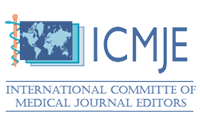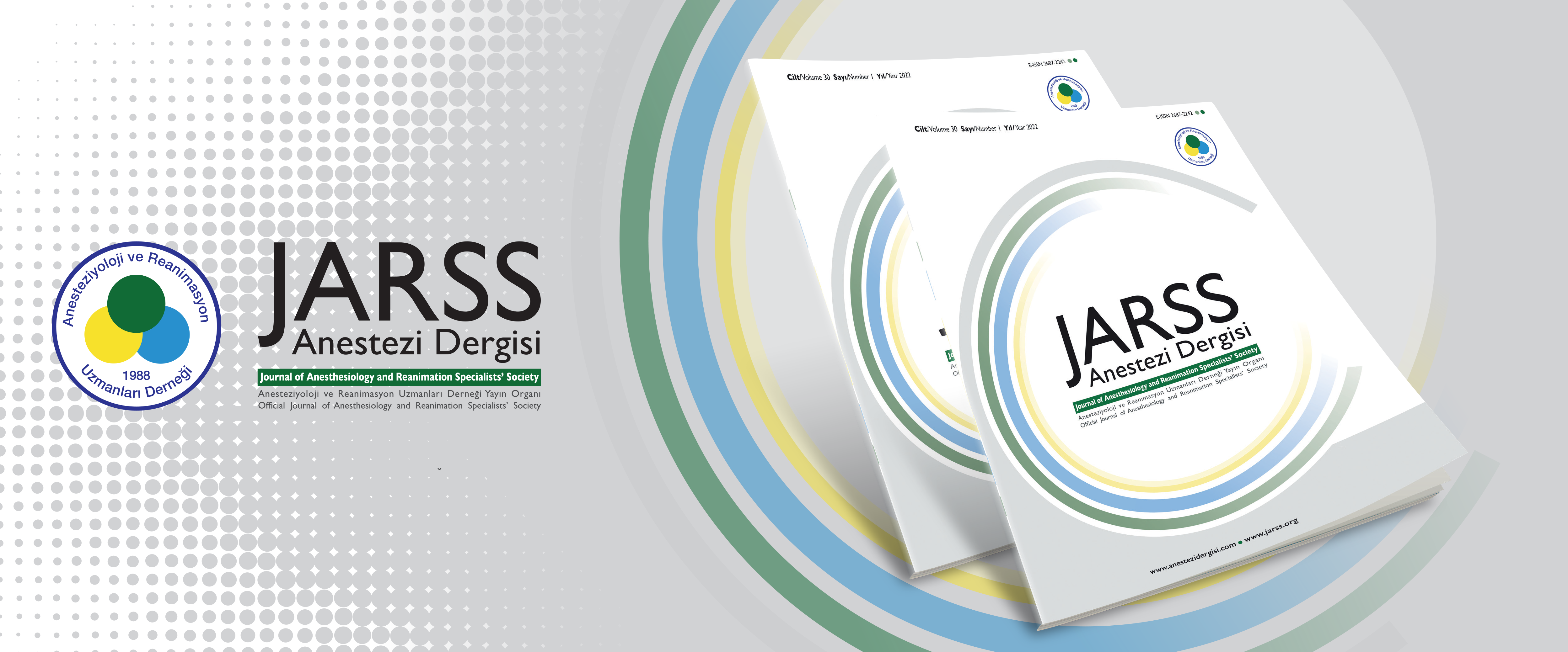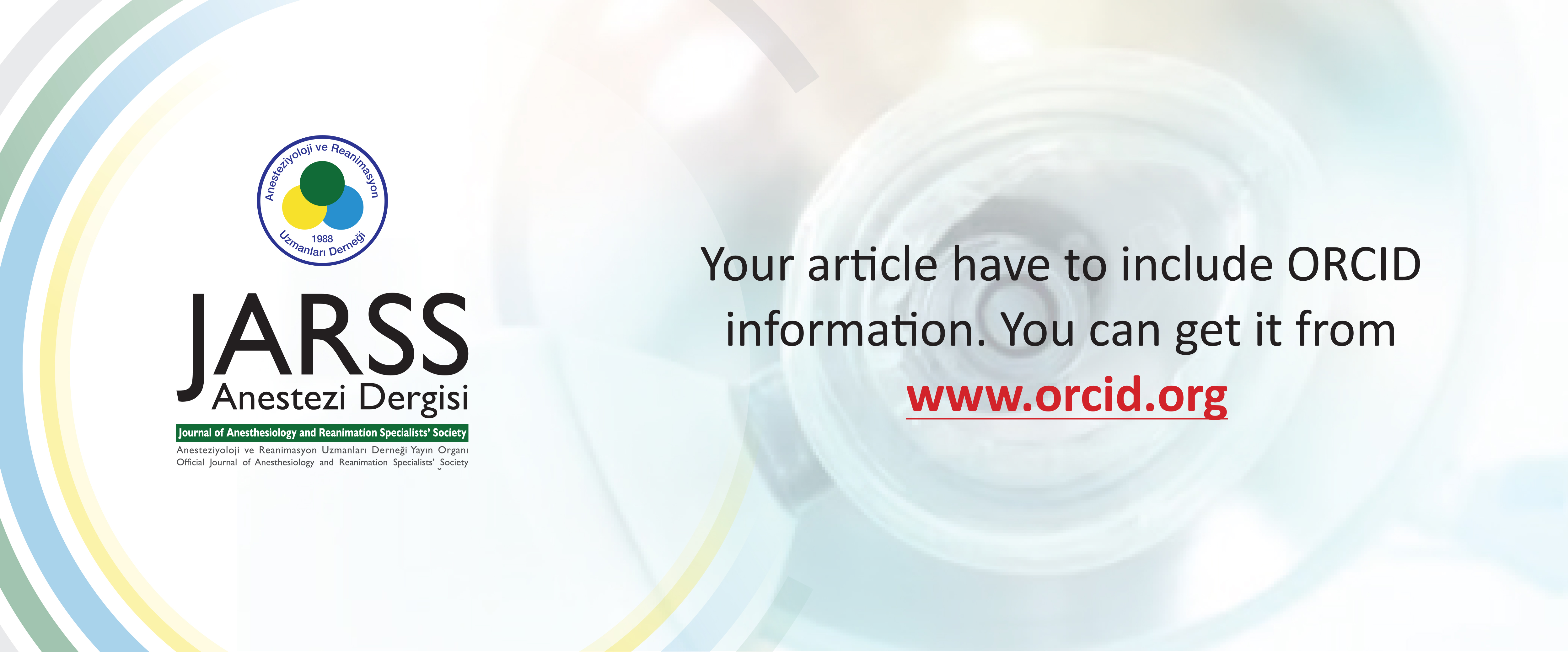Improving Safety in Hair Transplantation; Anesthesiologist Perspective
Irem Ozdemir1, Yasemin Sincer1, Yavuz Gurkan1, Gorkem Ayas2, Erdal Mehmet Aksoy3, Abdullah Coskun Yorulmaz41Koç University, Faculty of Medicine, Department of Anesthesiology and Reanimation, İstanbul, Türkiye2Koç University, Faculty of Health Sciences, Department of Forensic Medicine, İstanbul, Türkiye
3Koç University, Faculty of Medicine, Koç University Hospital, Chief Physician, İstanbul, Türkiye
4Koç University, Faculty of Medicine, Department of Forensic Medicine, İstanbul, Türkiye
Objective: Over the past decade, there has been a consistent growth in the number of hair transplant procedures owing to advancements in medical equipment, staff proficiency, and an increase in procedure demand. One of the concerns of patients is pain; therefore, different anesthetic techniques have been used to optimize the process. These procedures are often performed under conscious sedation with local anesthesia, outside the operating room, and mostly without the presence of an anesthesiologist. The aim of this case series is to highlight anesthesia-related complications during hair transplantation and to propose preventive strategies based on these real-life events.
Method: This study is a retrospective analysis of closed case files of complicated patients undergoing hair transplantation. Case files of patients who developed complications after hair transplantation and were referred to Koç University Forensic Medicine Department between January 2020 and January 2024 were retrospectively reviewed. The data were analyzed from forensic files, focusing on patient demographics, procedural details, drug usage, complications, and outcomes.
Results: The study included three male cases, aged 28, 34, and 43 years. The hair transplantation procedures were all performed in non-operating room environments and without the presence of an anesthesiologist. It was observed that all cases received fatal yet potentially preventable complications.
Conclusion: Our findings underscore the need for strict adherence to patient monitoring, accurate dose calculation of local anesthetics and vasoconstrictors, and immediate availability of 20% intravenous lipid emulsions.
The presence of an anesthesiologist during long procedures and proper emergency preparedness may significantly reduce morbidity and mortality in hair transplantation units.
Keywords: Hair transplantation, local anesthetic systemic toxicity, anesthesia outside operating room
Saç Ekimi Sırasında Güvenliği Artırmak; Anestezist Bakış Açısı
Irem Ozdemir1, Yasemin Sincer1, Yavuz Gurkan1, Gorkem Ayas2, Erdal Mehmet Aksoy3, Abdullah Coskun Yorulmaz41Koç Üniversitesi Tıp Fakültesi, Anesteziyoloji ve Reanimasyon Anabilim Dalı, İstanbul, Türkiye2Koç Üniversitesi, Sağlık Bilimleri Fakültesi, Adli Tıp Ana Bilim Dalı, İstanbul, Türkiye
3Koç Üniversitesi, Tıp Fakültesi, Koç Üniversitesi Hastanesi, Başhekim, İstanbul, Türkiye
4Koç Üniversitesi, Tıp Fakültesi, Adli Tıp Anabilim Dalı, İstanbul, Türkiye
Amaç: Son on yılda, tıbbi ekipmanlardaki gelişmeler, personel deneyimi ve artan talep sayesinde saç ekimi prosedürlerinin sayısında istikrarlı bir artış gözlenmiştir. Hastaların en önemli endişelerinden biri ağrı olduğundan, süreci optimize etmek amacıyla çeşitli anestezi teknikleri uygulanmaktadır. Bu işlemler çoğunlukla lokal anestezi ve sedasyon altında, ameliyathane dışında ve anestezi uzmanı bulunmaksızın gerçekleştirilmektedir. Bu olgu serisinin amacı, saç ekimi sırasında ortaya çıkan anesteziye bağlı komplikasyonları vurgulamak ve bu gerçek yaşam vakaları üzerinden önleyici stratejiler sunmaktır.
Yöntem: Bu çalışma, saç ekimi sonrasında komplikasyon gelişen hastalara ait kapalı dosyaların retrospektif analizidir. Ocak 2020 ile Ocak 2024 tarihleri arasında saç ekimi sonrası komplikasyon gelişerek Koç Üniversitesi Adli Tıp Anabilim Dalı’na yönlendirilen hastaların dosyaları retrospektif olarak incelenmiştir. Vakaların verileri adli dosyalardan elde edilmiş olup; hasta demografisi, işlem detayları, kullanılan ilaçlar, komplikasyonlar ve sonuçlar analiz edilmiştir.
Bulgular: Çalışmaya yaşları 28, 34 ve 43 olan üç erkek olgu dahil edilmiştir. Saç ekimi işlemleri, tamamında ameliyathane dışında ve anestezi uzmanı olmaksızın gerçekleştirilmiştir. Tüm olgularda ölümcül ancak potansiyel olarak önlenebilir komplikasyonlar gözlenmiştir.
Sonuç: Bulgularımız, saç ekim ünitelerinde hasta güvenliğini artırmak için işlem boyunca sürekli monitörizasyonun, lokal anestezik ve vazokonstriktör dozlarının dikkatle hesaplanmasının ve %20 intravenöz lipid emülsiyonlarının hazır bulundurulmasının önemini ortaya koymaktadır.
Uzun süren işlemlerde anestezi uzmanı varlığı ve acil durumlara hazırlıklı olunması, mortalite ve morbiditenin azaltılmasında önemli bir rol oynayabilir.
Anahtar Kelimeler: Saç ekimi, lokal anestezik sistemik toksisitesi, ameliyathane dışı anestezi
Manuscript Language: English
(287 downloaded)
















